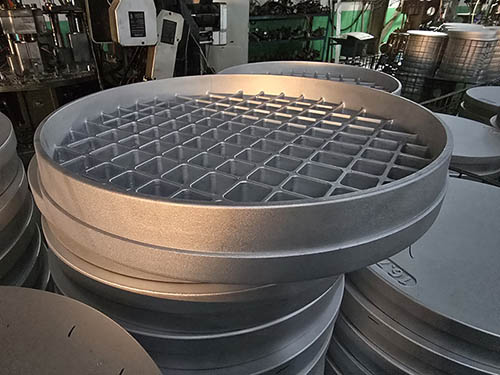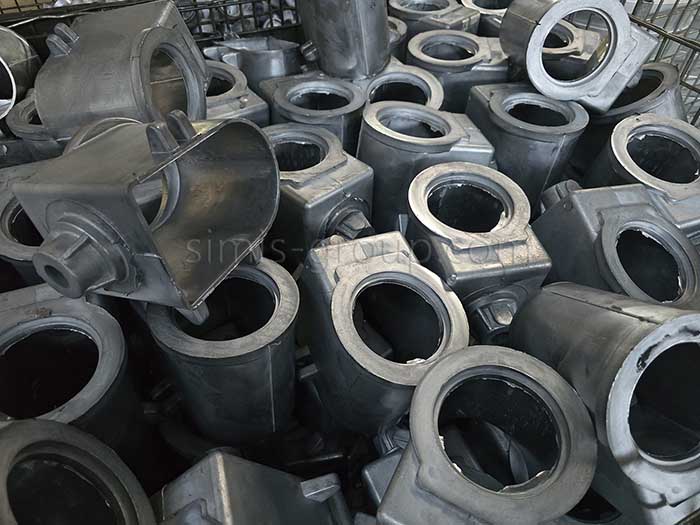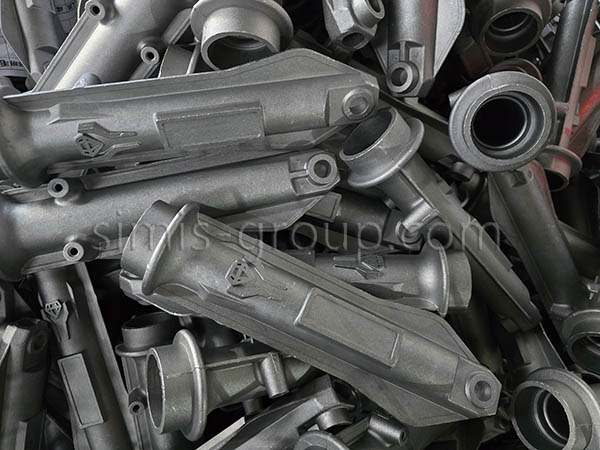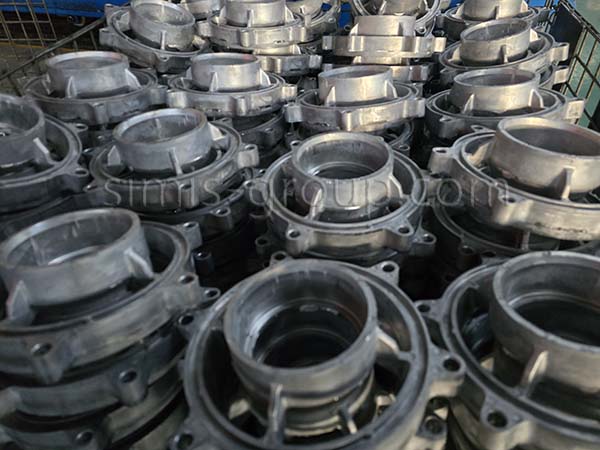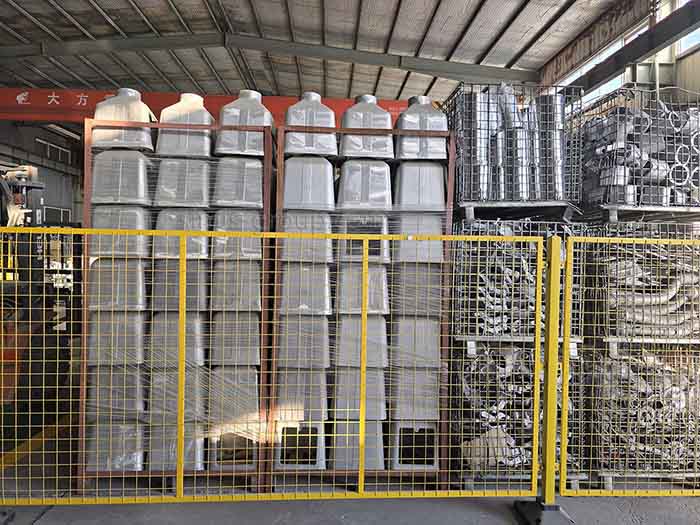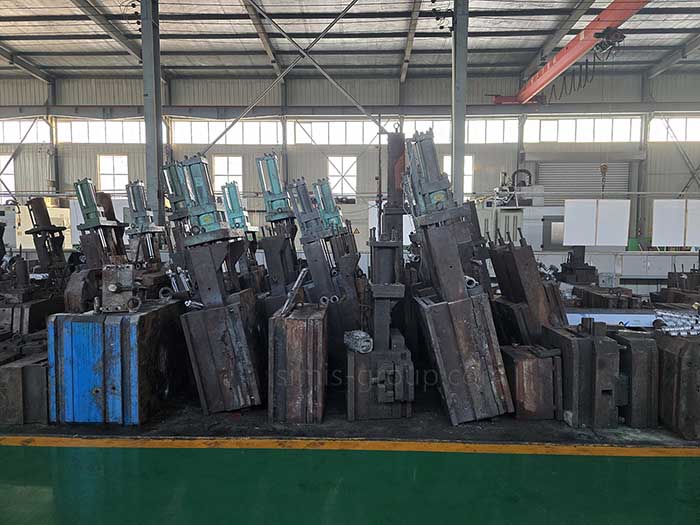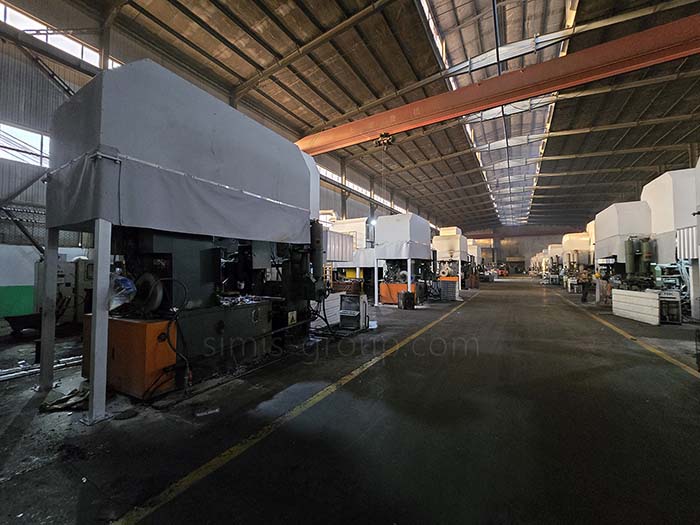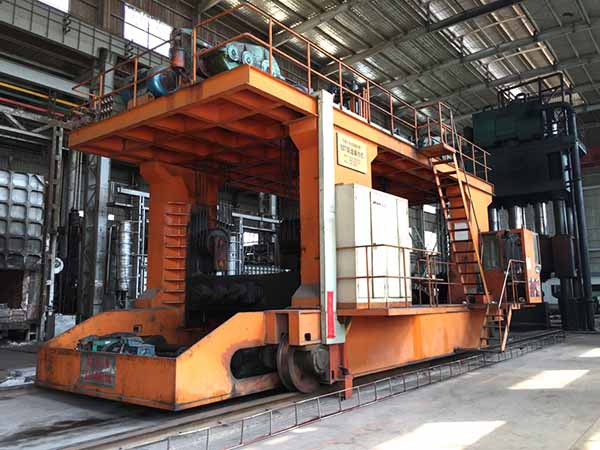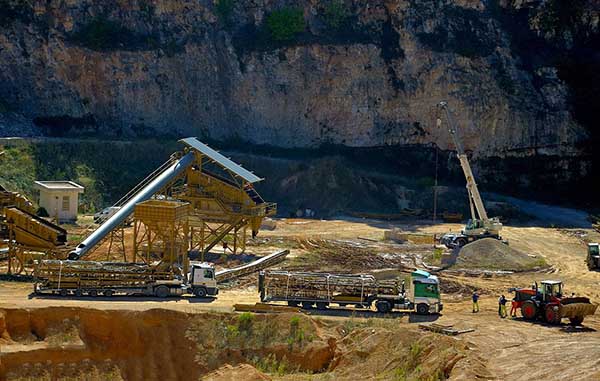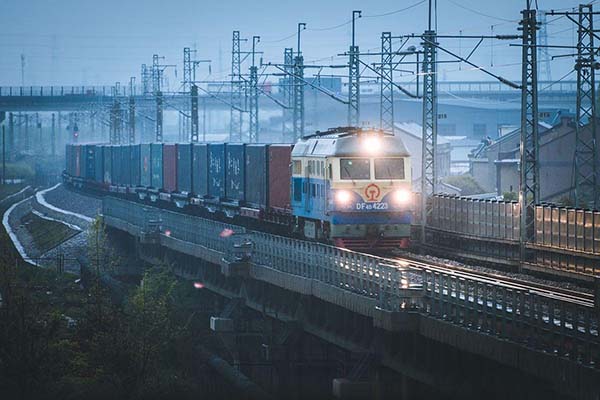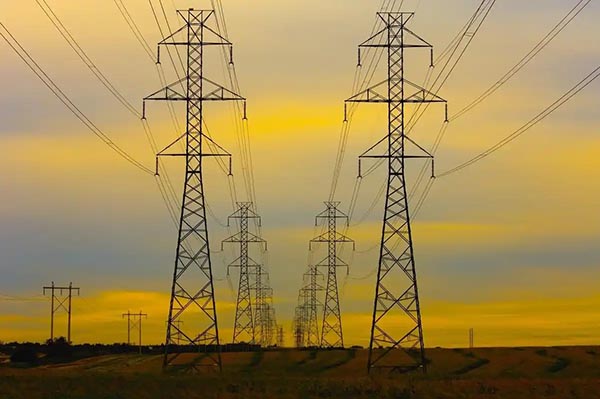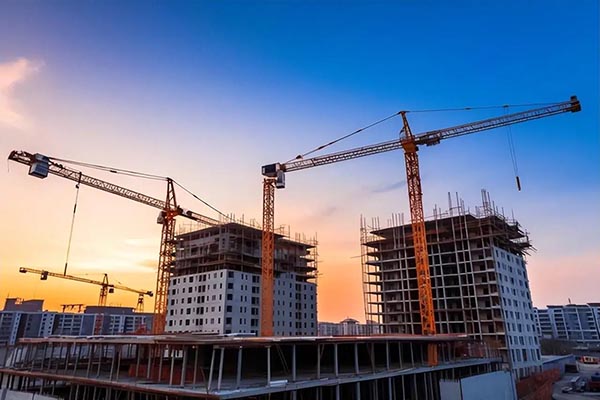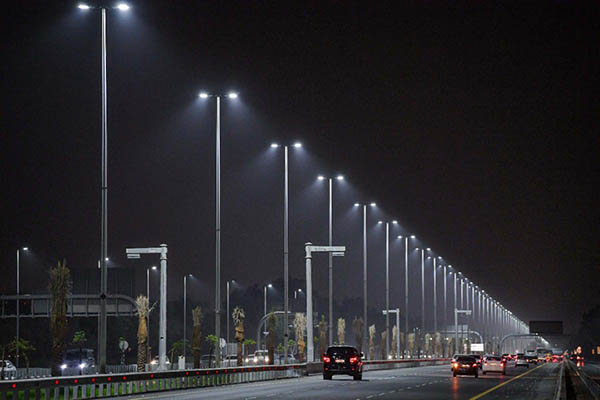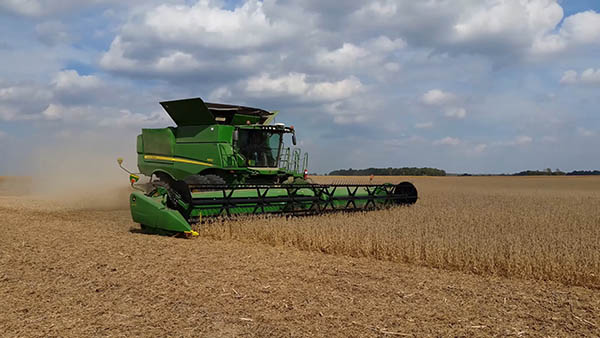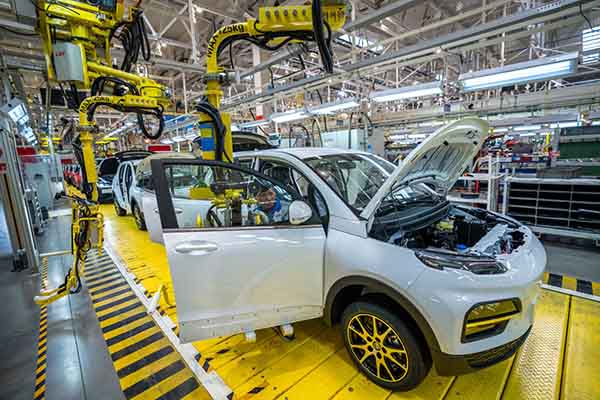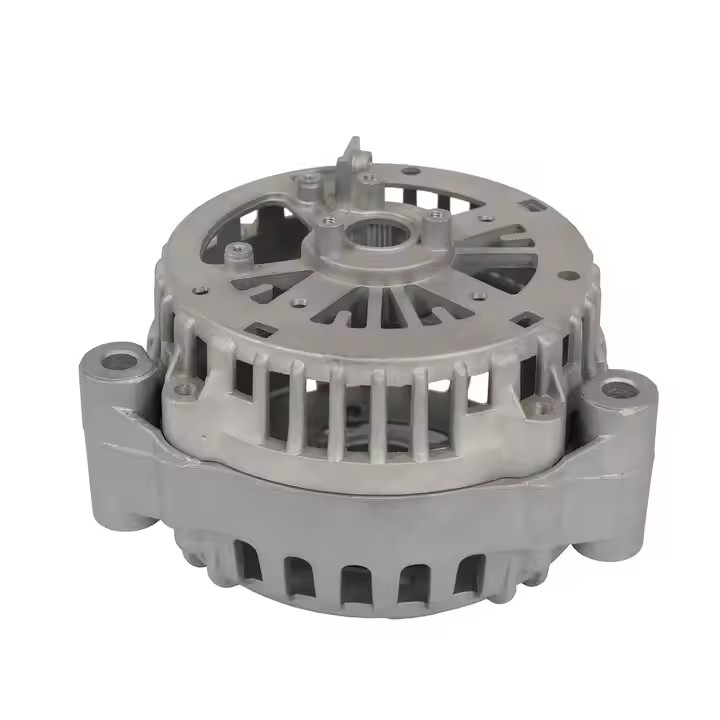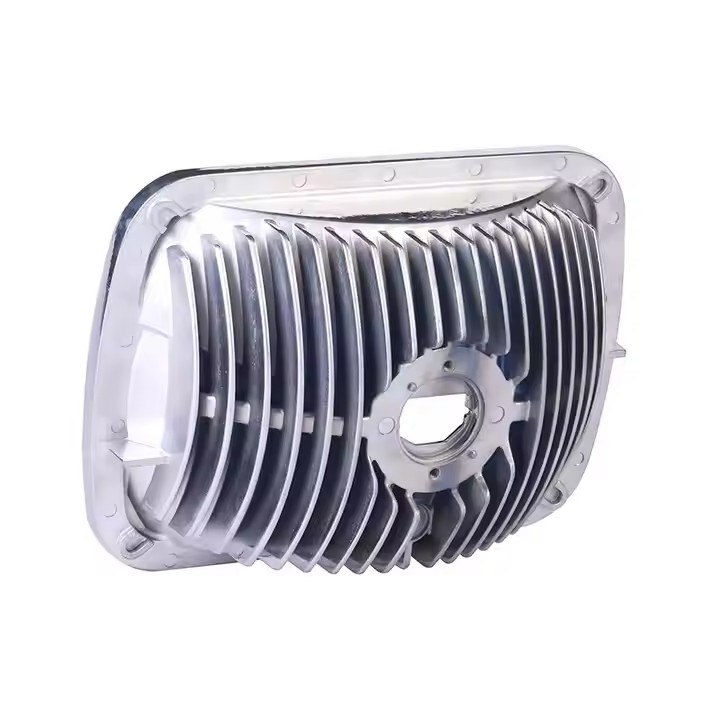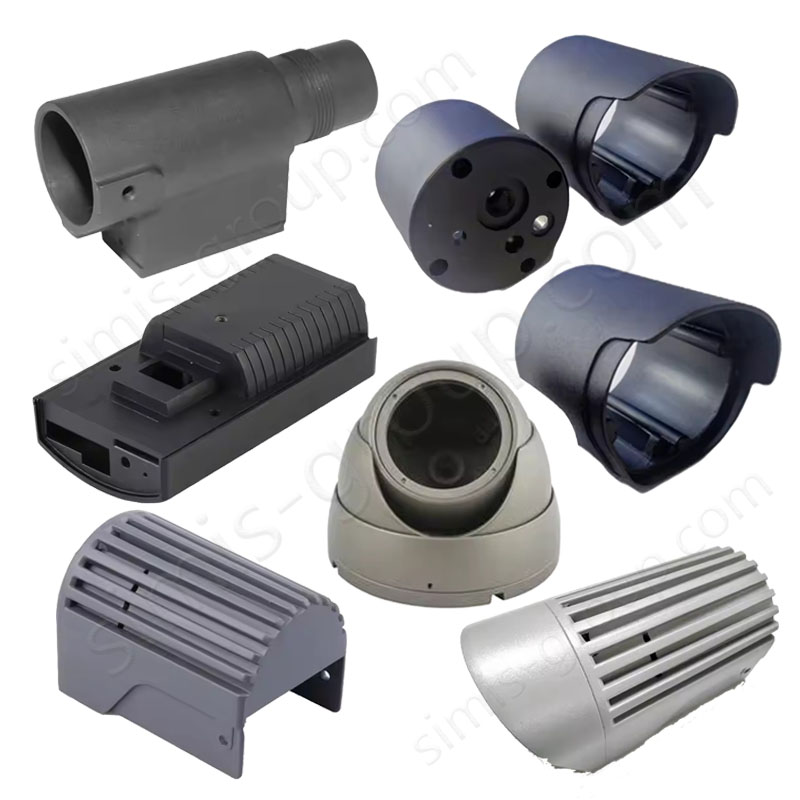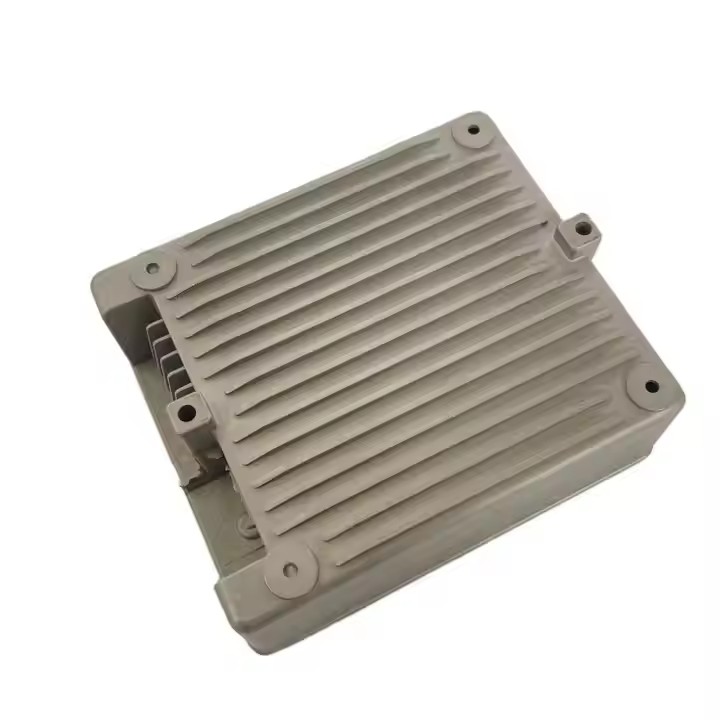Simis Pressure Die Casting Foundry
Die Casting Factory Introduction
SIMIS Die Casting Foundry specializing in aluminum and zinc alloy die castings. The foundry integrates mold design and manufacturing, alloy melting, die casting production, finishing, surface treatment, and precision machining, offering complete solutions for complex and high-performance components.
Cold-Chamber Die Casting Machines: 280T, 500T, 800T, 1250T, 1600T
Hot-Chamber Die Casting Machines: 88T, 160T, 280T
Automatic Pouring and Extraction Robots
Central Alloy Melting and Holding Furnaces
Mold Temperature Control Units (Oil and water systems)
Shot Blasting, Vibratory Deburring, and Polishing Lines
Clamping Force: 88T – 1600T
Casting Weight: 0.01 kg – 10 kg
Maximum Dimensions: up to 600 mm × 500 mm × 200 mm
Minimum Wall Thickness: 1.5 mm
Surface Roughness: Ra 1.6 – 3.2 μm
Dimensional Accuracy: CT4 – CT6
Pressure Die Casting Process
Die Casting process overview
The die-casting process is to quickly inject molten metal into a precision mold under high pressure to cool and solidify it, so that the die-casting parts have clear details and stable precision. It is suitable for mass production of aluminum alloy, zinc alloy and other parts with complex shapes, precise dimensions and smooth surfaces.
1. Die-casting mold design
Die-casting molds are designed according to the product's size, structure, precision requirements and material properties to ensure the quality and production efficiency of castings.
2. Mold manufacturing
Die-casting molds are made of high-strength steel (such as H13, P20, etc.). Through precision machining, heat treatment and surface polishing, the durability, precision and surface quality of the mold are guaranteed.
3. Metal smelting and alloy preparation
Smelting: Select a metal material smelting furnace to heat to the melting temperature of the alloy so that the metal is completely melted into a liquid state.
Alloy preparation: According to the required alloy formula, necessary alloy elements are added to the molten metal to ensure that the metal composition meets the design requirements.
4. Die casting
The molten metal is injected into the preheated die-casting mold cavity through the die-casting machine injection system. Under extremely high pressure, the metal is quickly injected into the mold, so that the molten metal fills every detail of the mold, ensuring that the details of the casting are clear and there are no holes.
5. Cooling and solidification
The metal injected into the mold is rapidly cooled and solidified with the help of the mold cooling system to form the final shape, which depends on the size and complexity of the die casting.
6. Demolding and cleaning
After the metal cools and solidifies, open the mold and remove the casting from the mold.
After the die casting is demolded, there will be some burrs, overflows and residual metal, which can be cleaned by vibration cleaning machine, air sand cleaning, cutting, deburring and other methods to improve the surface quality and dimensional accuracy of the die casting.
7. Post-processing
Surface treatment: polishing, spraying, sandblasting, anodizing and other casting surface treatments to improve the beauty, corrosion resistance and wear resistance of the casting.
Heat treatment: high-strength aluminum alloy or other alloy castings may require heat treatment (such as aging treatment, annealing treatment, etc.) to improve the mechanical properties and hardness of the die casting.
8. Quality inspection
The die casting is comprehensively measured by quality inspection methods such as surface quality inspection, dimensional inspection, and mechanical property test to ensure that the die casting meets the requirements of the design drawings.
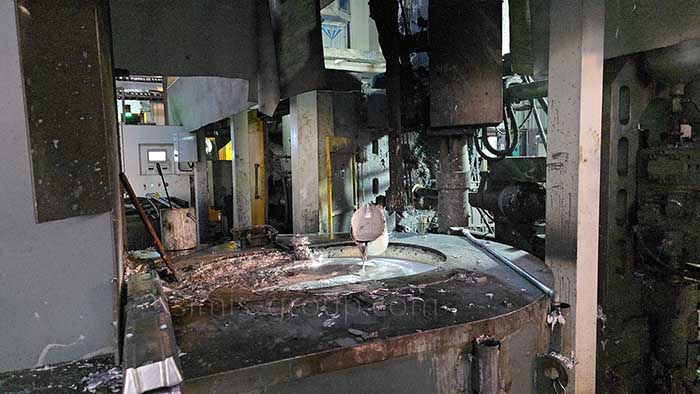
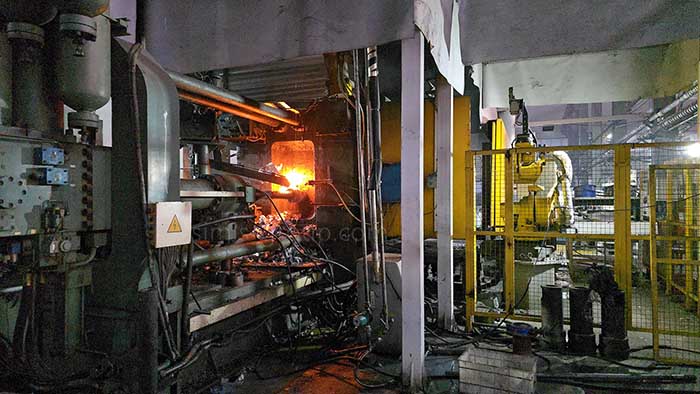
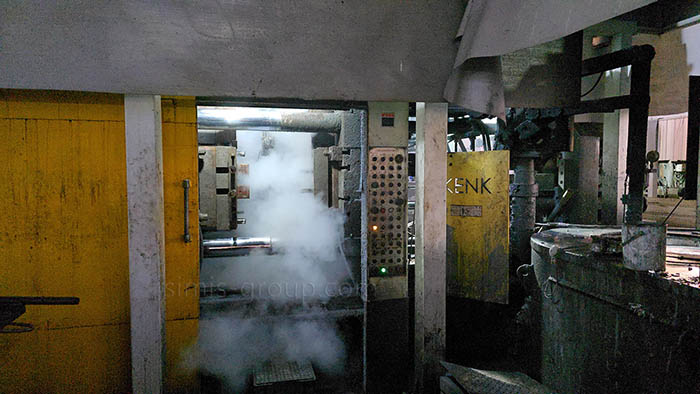
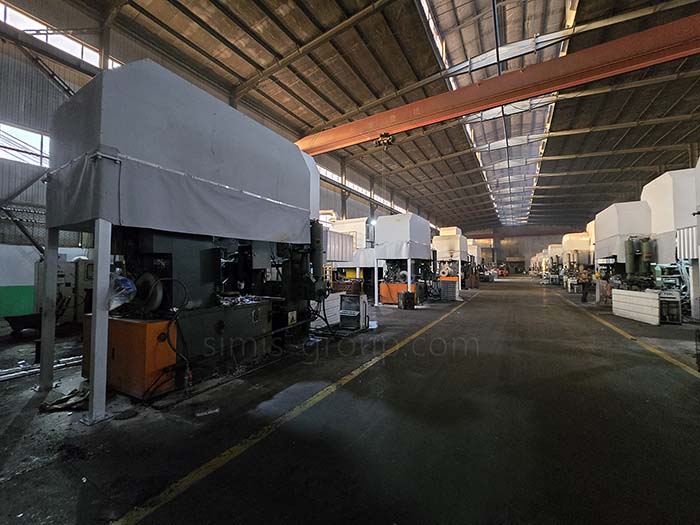
Materials For Pressure Die Casting
What metal parts can be cast in Simis die casting factory?
Simis Die Casting primarily uses aluminum alloys, zinc alloys, magnesium alloys, and copper alloys. Die casting is suitable for large-volume, thin-walled, and complex-shaped non-ferrous metal parts. High-pressure, rapid mold filling produces castings with smooth surfaces and high dimensional accuracy. These castings are commonly used for lightweight components in automobiles, home appliances, electronics, and industrial equipment. Die-cast parts can be directly machined or surface-treated.
Aluminum Alloy Die Casting
Aluminum alloys are widely used in the automotive, electronics, and aviation industries due to their light weight, excellent mechanical properties, and corrosion resistance. They are suitable for engine blocks, transmission housings, radiator housings, motor housings, and brackets. Die casting can achieve thin walls, complex rib placement, and high dimensional accuracy. Post-cast stress relief annealing or T5/T6 treatment improves dimensional stability and mechanical properties.
Aluminum alloy die casting grades: ASTM B85 A380, A383, A360, EN AC-46000, AC-46100.
Magnesium Alloy Die Casting
Magnesium alloys are often used in weight-reduction applications in the automotive and aviation industries due to their extremely light weight. They are used in lightweight housings, steering gear housings, brackets, and 3C electronic product housings. Die casting can produce extremely thin-walled parts, and post-cast aging treatment improves strength and creep resistance.
Magnesium alloy die casting grades: ASTM AZ91D, AM60B, and AM50A.
Zinc Alloy Die Casting
Magnesium alloys, due to their extremely light weight, are often used in weight-reducing applications such as the automotive and aviation industries. They are suitable for small precision parts, locks, hardware, and electronic connector housings. The die-cast surface is smooth and can be directly electroplated or painted.
Zinc alloy die casting grades: ASTM AG40A, Zamak 3, and Zamak 5.
